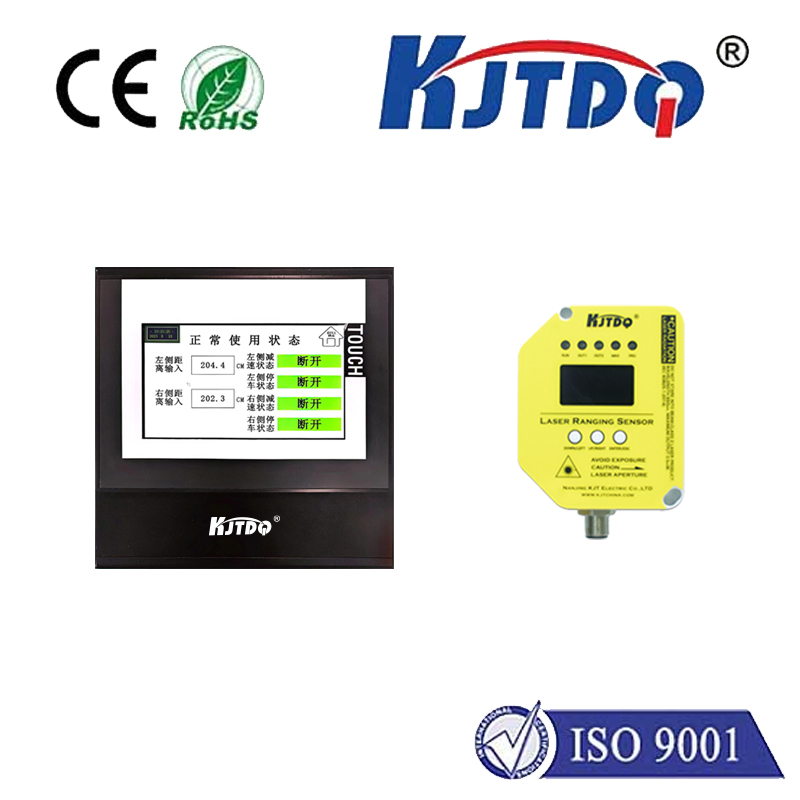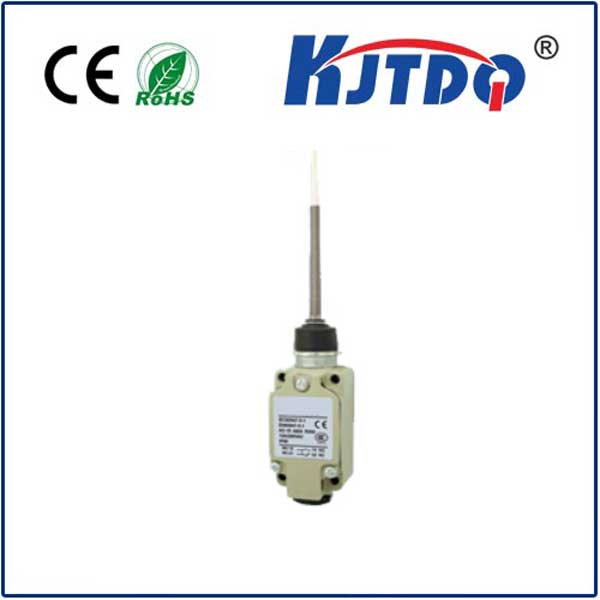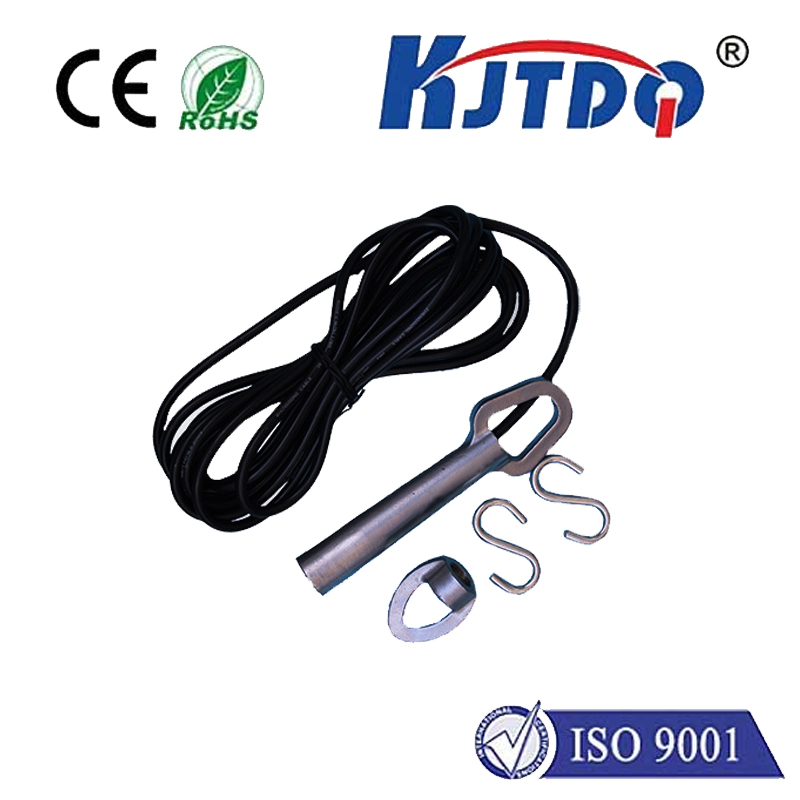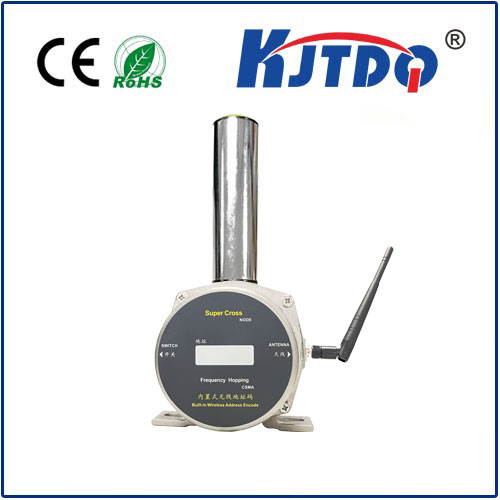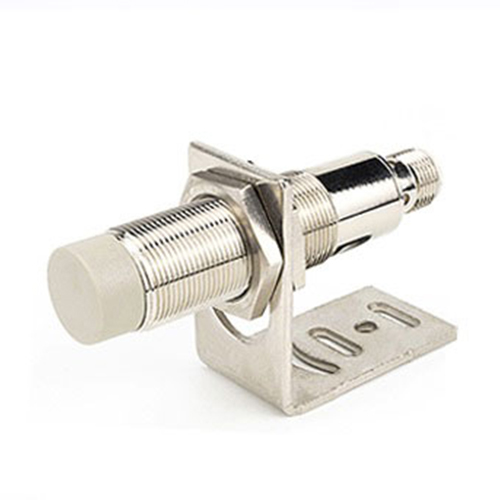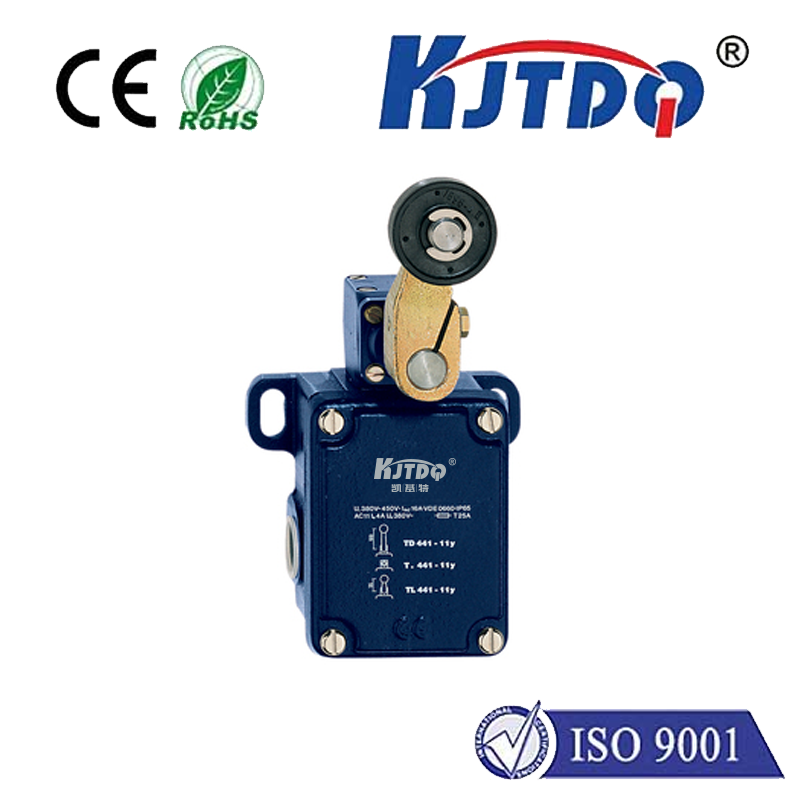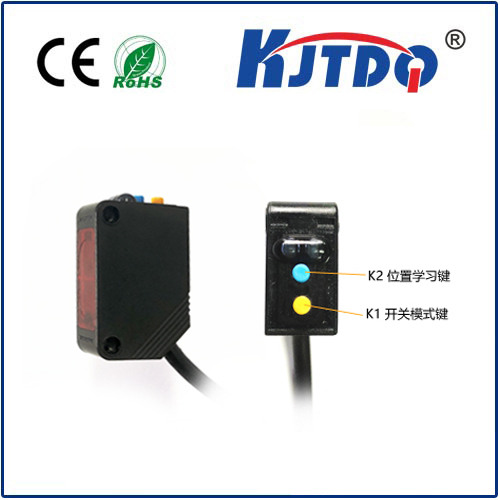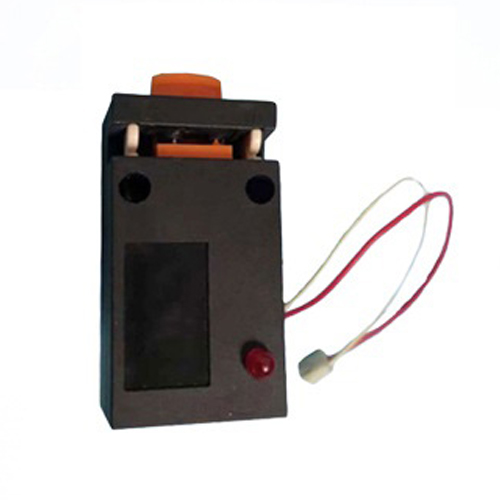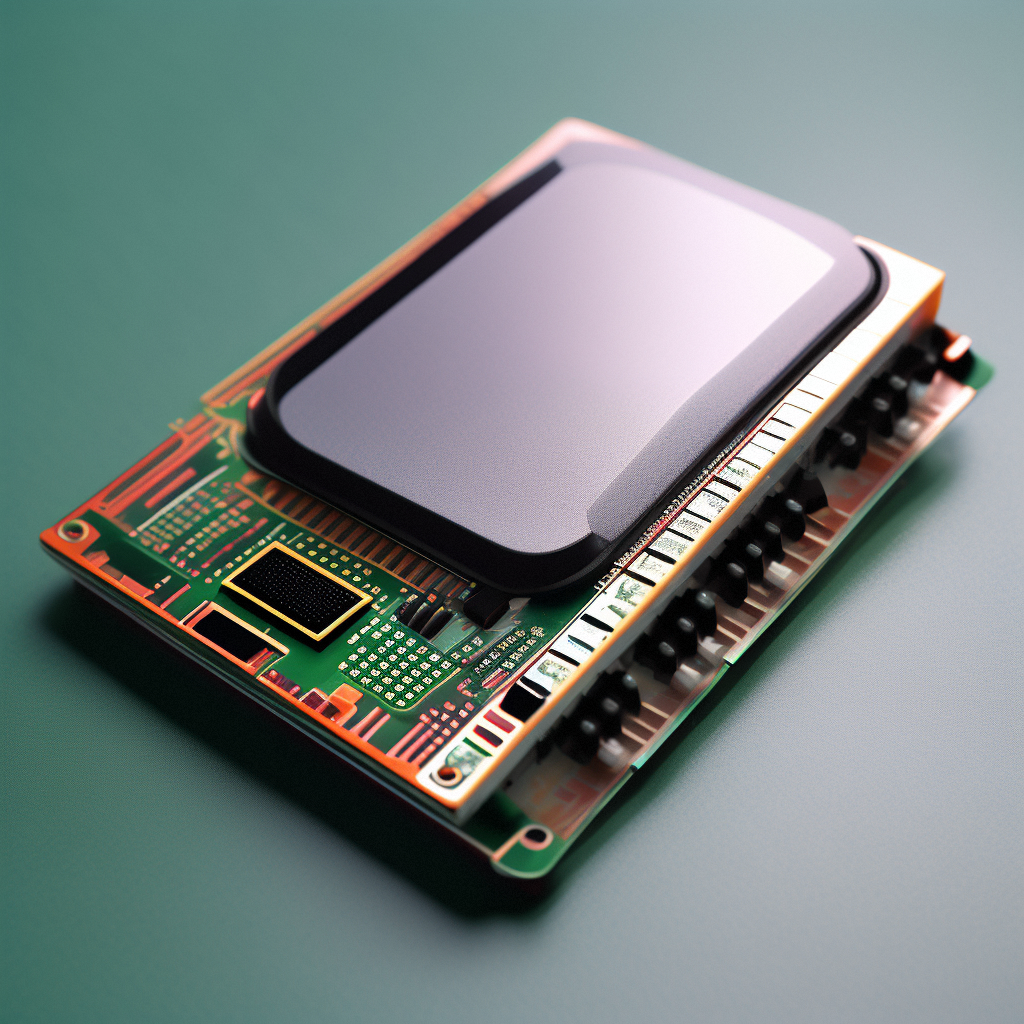waterproof proximity switch
- time:2025-06-17 01:57:56
- Click:0
Waterproof Proximity Switches: Essential Sensors for Demanding Environments
Water is essential for life, yet it’s a relentless adversary for sensitive electronic equipment. In countless industrial, manufacturing, and outdoor applications, moisture, splashes, washdowns, or even submersion threaten the reliability of critical components. This is where the waterproof proximity switch steps in – not merely as an option, but often as an indispensable requirement. These robust sensors deliver non-contact detection capabilities where standard sensors would quickly succumb, ensuring operations continue smoothly even in the wettest, grittiest conditions.
Conquering the Elements: The “Waterproof” Imperative
Traditional proximity switches excel at detecting metallic (inductive) or all types of objects (capacitive) without physical touch. However, their Achilles’ heel lies in exposure to liquids and conductive contaminants. Moisture ingress can cause short circuits, corrosion of internal components, erratic signal behavior, and ultimately, catastrophic failure. This leads to costly unplanned downtime, replacement expenses, and potential safety hazards.
Waterproof proximity switches are meticulously engineered to eliminate this vulnerability. Their defining characteristic is a high degree of resistance to water penetration. This isn’t just about resisting a few splashes; it’s about reliability under sustained exposure.
The Seal of Protection: Understanding IP Ratings

The key to evaluating a waterproof proximity sensor lies in its Ingress Protection (IP) Rating. This internationally recognized standard (IEC 60529) precisely defines the level of protection offered against solids (like dust) and liquids.
- IP67: Offers robust protection. The “6” signifies complete protection against dust ingress. The “7” indicates the sensor can withstand immersion in water at depths of up to 1 meter (about 3.3 feet) for up to 30 minutes. This makes IP67 sensors ideal for environments subject to heavy splashing, temporary submersion (e.g., cleaning), or outdoor exposure to rain and snow.
- IP68: Provides the highest level of submersible protection commonly needed. While “6” remains for dust, the “8” rating signifies continuous submersion in water under conditions specified by the manufacturer, often deeper and longer than IP67 (e.g., 3 meters for 24 hours). IP68 sensors are essential for applications where permanent submersion or exposure to high-pressure jets is a constant reality.
- IP69K: Designed specifically to endure aggressive high-pressure, high-temperature washdown procedures common in food & beverage or pharmaceutical plants. These sensors can resist powerful water jets (80-100 bar, 176°F) from close range.
Why Waterproof Matters: Critical Applications Unveiled
The value proposition of waterproof proximity sensors becomes crystal clear across diverse sectors:
- Industrial Automation & Manufacturing: Modern factories rely heavily on automation. Sensors guide robots, monitor conveyors, track position, and count products. Environments like metalworking (coolant mist), foundries (damp air), or pulp & paper mills (high humidity) demand the resilience of IP67/IP68 sensors to prevent failures and maintain high production uptime.
- Food & Beverage Processing & Packaging: Hygiene is paramount. Regular, intensive washdowns using powerful jets of water, steam, and cleaning chemicals are mandatory. IP69K rated sensors are purpose-built to survive these harsh cleaning cycles without compromising food safety protocols or sensor longevity. They detect containers, position fillers, and control packaging lines reliably.
- Material Handling & Logistics: From automated warehouses to ports and shipyards, equipment operates exposed to the elements. Forklifts, cranes (outdoor operation), conveyor systems in damp environments, and systems near docks all benefit from waterproof sensors that won’t falter in rain, fog, or salt-laden air.
- Water & Wastewater Management: Pumps, valves, filters, and level sensors operate directly within water or waste streams. IP68 submersible proximity switches are often crucial for monitoring equipment status or detecting objects submerged in tanks and basins, where failure is not an option.
- Outdoor Machinery & Mobile Equipment: Construction equipment, agricultural machinery, and vehicle wash systems operate in dirty, wet environments. Robust IP67/IP68 sensors ensure reliable detection of position, movement, or objects despite mud, rain, and exposure to the elements.
Beyond Water: The Core Functionality Remains Robust
While waterproofing is their superpower, these sensors retain all the inherent benefits of standard proximity switches:
- Non-Contact Sensing: No physical wear, ensuring long operational life and minimal maintenance.
- High Switching Frequency: Capable of detecting fast-moving objects accurately.
- Solid-State Reliability: No moving parts susceptible to mechanical failure within the sensor itself.
- Variety of Outputs: Available with NPN, PNP, NO (Normally Open), or NC (Normally Closed) configurations to interface seamlessly with PLCs and other control systems.
- Metal Detection (Inductive): Primarily detect ferrous and non-ferrous metals.
- Object Detection (Capacitive): Versatile sensors capable of detecting liquids, plastics, wood, and other materials through non-metallic containers (many also offer waterproof variants).
Selecting the Right Waterproof Proximity Switch: Key Factors
Choosing the optimal sensor requires careful consideration:
- Environmental Severity: Determine the exact nature of liquid exposure. Is it washdowns (IP69K), temporary submersion (IP67), permanent submersion (IP68), or mainly splashes/high humidity? Match the IP rating precisely to the worst-case scenario.
- Chemical Exposure: Beyond water, will the sensor face aggressive cleaning agents, oils, solvents, or salts? Verify material compatibility (e.g., stainless steel housing, specific seal types like FKM/Viton).
- Sensing Distance & Target: Ensure the sensor’s specified sensing range meets your application needs. Does it need to detect specific metals (inductive) or various materials through barriers (capacitive)? Choose the sensing principle accordingly.
- Electrical Specifications: Select the correct voltage range (10-30V DC typical) and output type (NPN, PNP, NO, NC) compatible with your control system.
- Size & Mounting: Consider physical constraints and choose a form factor (tubular, block-style) and mounting method (flush, non-flush for inductive) that fits the installation location. Proper installation is critical to achieving the rated IP protection.
Built to Last: Materials and Construction
Waterproof proximity switches achieve their resilience through:
- Hermetic Sealing: Advanced potting compounds fill the sensor body, protecting internal electronics from moisture and contaminants.
- Robust Housings: Typically constructed from high-grade stainless steel (like 303, 304, or 316 for harsh chemical environments), brass with nickel plating, or ruggedized PBT plastics.
- Specialized Seals: High-quality gaskets and O-rings (often Nitrile or Viton/FKM) create watertight seals at critical joints and cable entry points. Triple-sealed cable exits are common for enhanced ingress protection.
- Coated Electronics: Circuit boards often receive protective conformal coatings for an extra layer of defense.
Conclusion: Investing in Uninterrupted Operation
In environments where moisture is an ever-present challenge, the decision to use a standard proximity sensor versus a waterproof proximity switch is consequential. The latter represents an investment in






